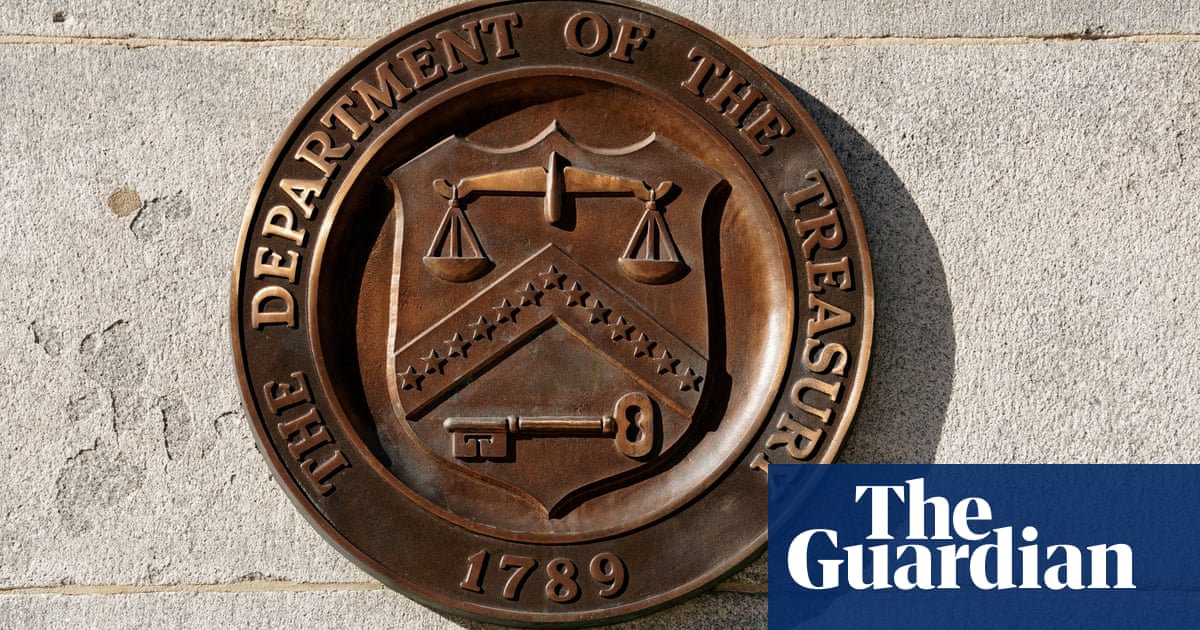
Growth in the last three months of the year clocked in at 6.4 percent, matching a low seen during the global financial crisis 10 years ago
‘China’s GDP number is not an accurate gauge of economic growth’
BEIJING: China’s economy grew at its slowest pace in almost three decades in 2018, losing more steam in the last quarter as it battles to quell massive debt and a US trade war, official data showed Monday.
The 6.6 percent growth comes in above the official target of around 6.5 percent and matches a forecast by analysts polled by AFP, but is down from the 6.8 percent chalked up in 2017, according to the National Bureau of Statistics (NBS).
And in a sign of the struggle Beijing faces, growth in the last three months of the year clocked in at 6.4 percent, matching a low seen during the global financial crisis 10 years ago, with economists widely expecting the slowdown to deepen.
“Everyone is widely concerned about the direction of the international situation where there are many variables and uncertain factors,” said NBS commissioner Ning Jizhe, noting trade protectionism was in vogue.
“For the world’s second-largest economy, where trade accounts for one-third of GDP, this has an impact,” he said, adding “downward pressure” on the economy has increased.
The slowing growth prompted Premier Li Keqiang last week to vow the government would not let the economy “fall off a cliff.”
Relations with top trading partner the US deteriorated sharply last year after President Donald Trump hit roughly half of Chinese imports with new tariffs in an attempt to force trade concessions.
The trade war is on hold for now after President Xi Jinping and Trump agreed to a three-month cease-fire, with top negotiators set to meet in Washington at the end of this month as a March deadline for a deal looms large.
“China-US economic and trade frictions do indeed affect the economy, but the impact is generally controllable,” said Ning.
While analysts say the standoff has dented confidence — leaving the stock markets battered and the yuan weakened — they attribute most of the downturn to the government policies to tackle growing debt, financial risk and pollution.
China hit the brakes on major projects such as subway lines and motorways and held off on mountain-moving endeavors to keep a lid on debt last year, with infrastructure investment rising by just 3.8 percent, down from 19 percent the year before.
“Growth is falling at an accelerated pace,” Lu Ting, China economist at Nomura, said in a note.
China’s exports to US and the world also fell in December, reinforcing the need for its legions of domestic consumers to fuel the economy.
Li last week touted China’s “massive market” and vowed to spur on consumption, but the data shows difficulty ahead.
Overall credit growth decelerated every month last year.
“The slowdown in credit growth is causing economic momentum to falter,” said Mark Williams, chief Asia economist at Capital Economics, in a note last week.
Slowing disposable income growth and tighter credit has hit consumer spending with car sales falling last year for the first time in more than 20 years.
Retail sales growth slowed to 9.0 percent, down from a 10.2 percent increase the previous year. In December, sales grew 8.2 percent.
Output at factories and workshops ticked up 6.2 percent for the year, down from 6.6 percent in 2017.
The official figures could be painting an overly rosy picture, analysts say.
Economists in China and abroad have long suspected data is massaged upward, often noting that full-year gross domestic product hits Beijing’s pre-set targets with suspicious regularity.
“China’s GDP number is not an accurate gauge of economic growth,” said Raymond Yeung, economist at ANZ bank.
The governor of northeastern Liaoning admitted in 2017 that the industrial province had falsified data for years.
Even Li said in 2007, when he was Liaoning’s top political official, that results were often “man-made” and he used his own calculations to guide provincial policymaking, according to a confidential memo released by WikiLeaks.
“The NBS is part of the government ... that is why it is legitimate for the outside world to worry about potential adjustment of data on the economy,” said Louis Kuijs of Oxford Economics.
The US-based Conference Board, a widely respected global business think tank, said its methodology indicates growth of 4.1 percent for 2018.
On Friday, China revised its 2017 economic growth down to 6.8 percent from 6.9 percent — a move some analysts say may have been aimed at beefing up this year’s growth rate.
“Skeptics will be forgiven for questioning whether NBS is trying to smooth GDP growth by shifting some of the recent weakness into the 2017 figures,” said Julian Evans-Pritchard of Capital Economics in a note.











